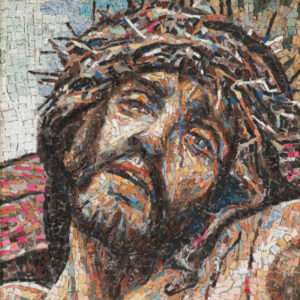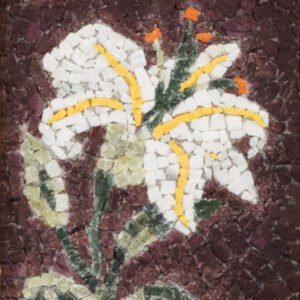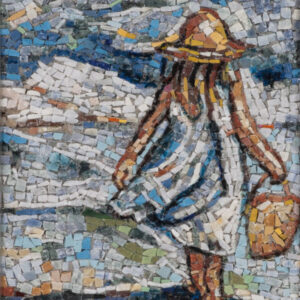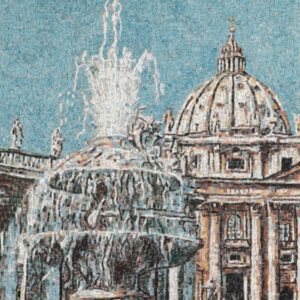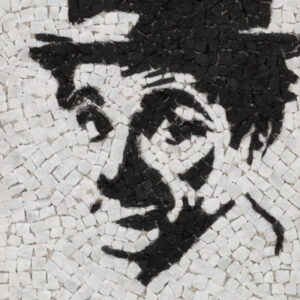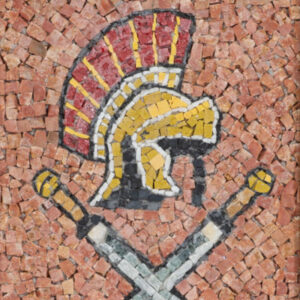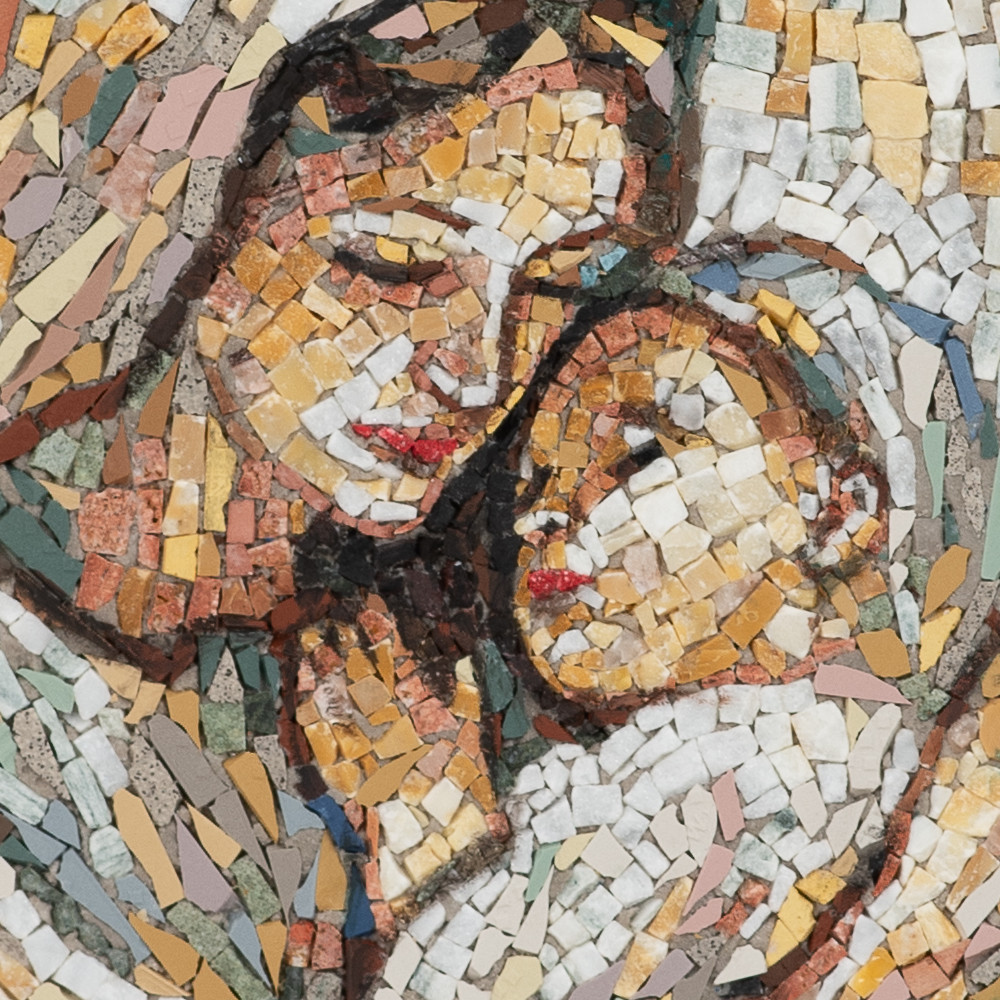About Mosaic
History and techniques
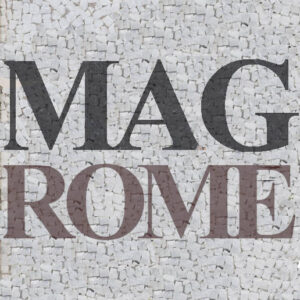
Origins
A Brief History
The history of the mosaic is long and fascinating, dating back thousands of years. The art of mosaic has ancient roots and has developed in various cultures over time. Here’s a brief overview of its evolution:
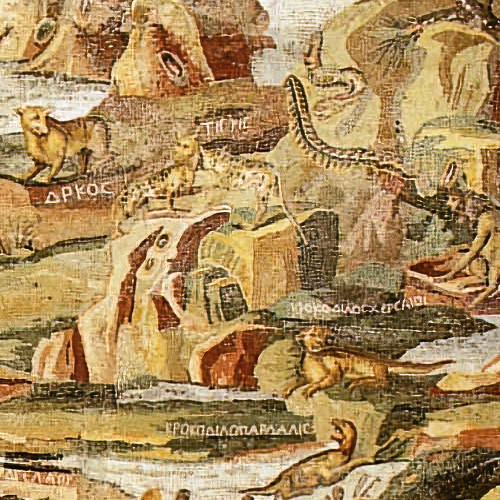
Mesopotamia and Persia
Mesopotamia and Persia (around 3000 BCE – 600 BCE): The earliest forms of mosaic can be traced to ancient civilizations in Mesopotamia and Persia, where small pieces of stone, shells, or terracotta were used to create decorative designs on floors and walls.
Grece
Greece (around 800 BCE – 146 BCE): The Greeks elevated the art of mosaic to new levels of sophistication and complexity. Besides, they used colored stone, glass, and shells to create intricate geometric designs, mythological scenes, and portraits on floors and walls.
Rome
Rome (around 200 BCE – 476 CE): During the Roman Empire, the use of mosaic became widespread. Mosaics adorned private homes, baths, temples, and public buildings. Furthermore new techniques were developed, including the use of smaller tesserae for finer details and the adoption of precious marbles.
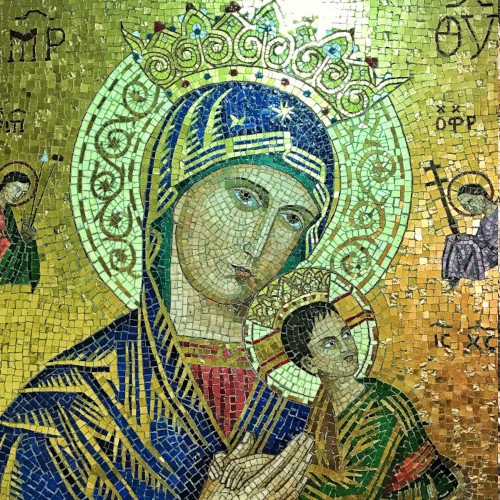
Byzantine Period (around 330 CE – 1453 CE): The art of mosaic continued to flourish in the Byzantine Empire. Churches, in particular, were decorated with mosaics depicting religious scenes and portraits of saints. The Basilica of San Marco in Venice is a famous example of this tradition.
Medieval Period (around 500 CE – 1400 CE): In the medieval period, the art of mosaic remained prominent, especially in churches and cathedrals. Mosaics were often used to illustrate biblical stories and celebrate spirituality.
Renaissance (around 1400 CE – 1600 CE): During the Renaissance, there was a renewed interest in classical art. This also influenced mosaic art, with many famous artists creating significant works using this technique.
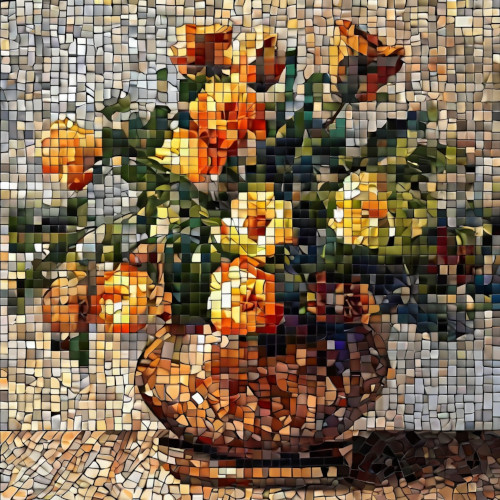
Modern Era: Over the centuries, the popularity of mosaic art experienced highs and lows, but it continued to be used for decorative purposes worldwide.
In the 19th and 20th centuries, there was a renewed interest in traditional mosaic techniques, with contemporary artists experimenting with new materials and approaches.
Today, mosaic art persists as a form of expression and decoration. Modern production techniques allow for the creation of mosaics using a wide range of materials, including glass, ceramics, stone, and even synthetic materials.
Crafting Methods
The main techniques for creating a mosaic
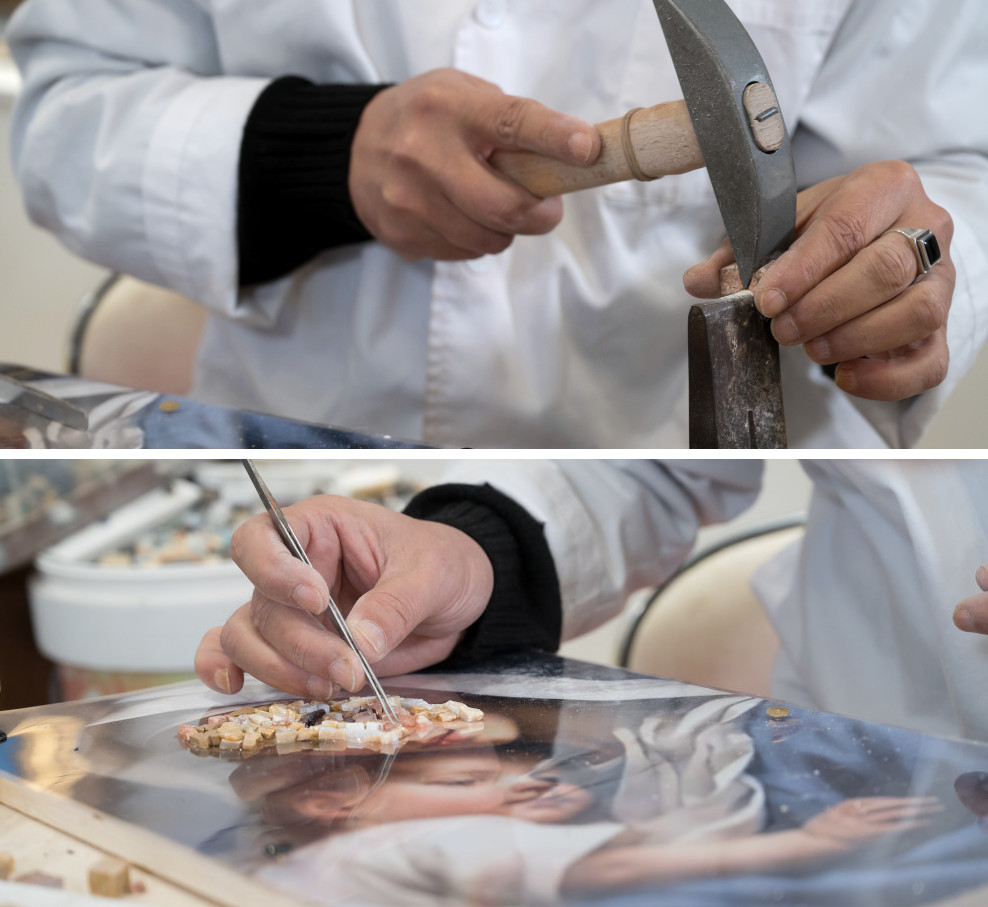
Direct Method: This technique, the simplest and most straightforward for creating a mosaic, involves placing the tiles directly onto a supportive surface using mosaic-specific adhesives. Artists apply the tiles one by one until completing the desired design. Once all the tiles are in place, they fill the gaps between them with grout and clean the surface to remove any excess grout.
Indirect Method: This method, used for creating larger or more complex mosaics, begins with creating the design on a temporary work surface such as drawing paper or fabric. Artists then position and adhere the tiles to the backside of the design using glue or tape. Subsequently, they transfer the mosaic onto the final surface using adhesive or resin, fill the gaps, and clean the surface.
Cut Tile Technique: Involving cutting tiles into various shapes to create precise details and lines in the mosaic, this technique employs tile nippers or tile cutters. Artists cut the tiles into desired shapes like squares, triangles, or irregular forms. These pieces are then positioned on the support surface and fixed with adhesive, followed by grouting the gaps.
Smalto Technique: This technique utilizes smalti, small pieces of colored fused glass, placed side by side on the support surface to create the desired design. Artists fix the smalti with mosaic-specific adhesive, and fill the gaps with grout. Renowned for its luminosity and vibrant colors, this technique highlights the unique qualities that smalti offer.
These are the main techniques for creating a mosaic. Each technique offers different creative possibilities and requires specific skills and tools. You can experiment with and combine these techniques to develop your unique style in mosaic making.
Materials
The primary types of marble used for mosaics
The world of mosaic art is enriched by the exquisite qualities of various marble types, each contributing to the visual with its unique characteristics.
White Carrara, celebrated for its pristine white hue and fine texture, serves as a timeless foundation for intricate designs.
Green Alpes introduces a verdant palette, adding a refreshing and nature-inspired element to mosaics.
Belgian Black exudes sophistication with its deep, lustrous black surface, creating a bold contrast in artistic compositions.
Cipollino marble, known for its distinctive greenish veins, brings a sense of movement and organic beauty to the mosaic canvas.
Red Verona and Siena Yellow offer warm and earthy tones, creating a rich and vibrant visual impact.
Azul Makauba contributes a striking blue hue, infusing mosaics with a sense of depth and tranquility.
Travertine Red, Lumachello Purple, and Quartz Blue each bring their own unique colors and textures, adding diversity to the artist’s palette.
White Trani and Mori Yellow further extend the range of possibilities, allowing mosaic artists to craft captivating works that harmonize diverse marble elements into seamless and captivating artistic expressions.


